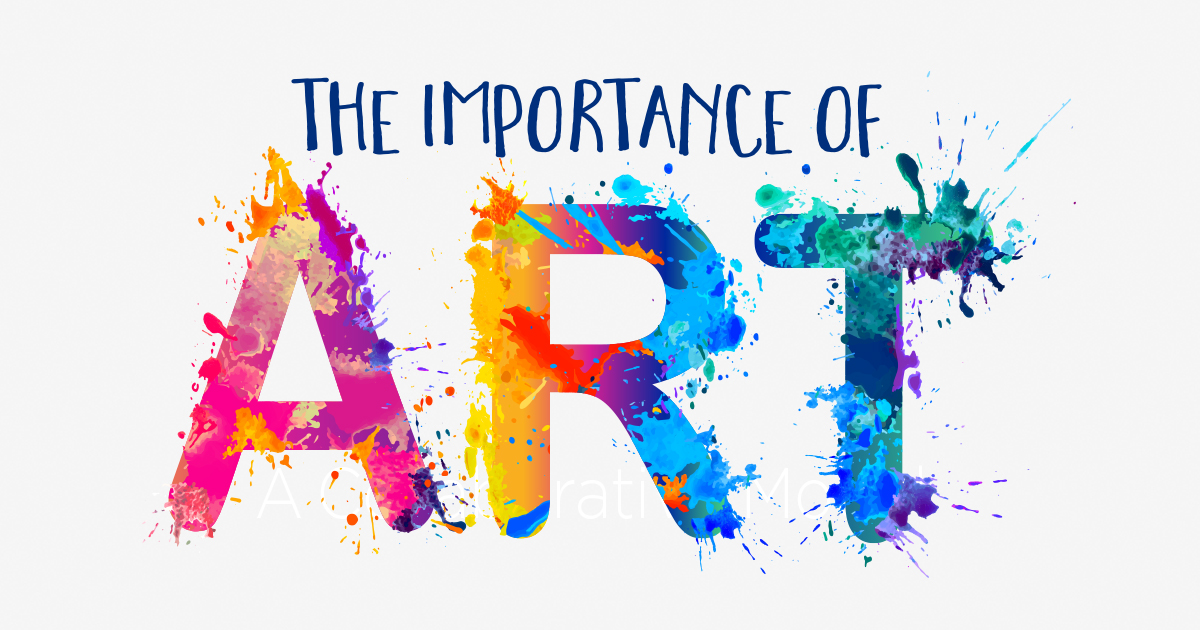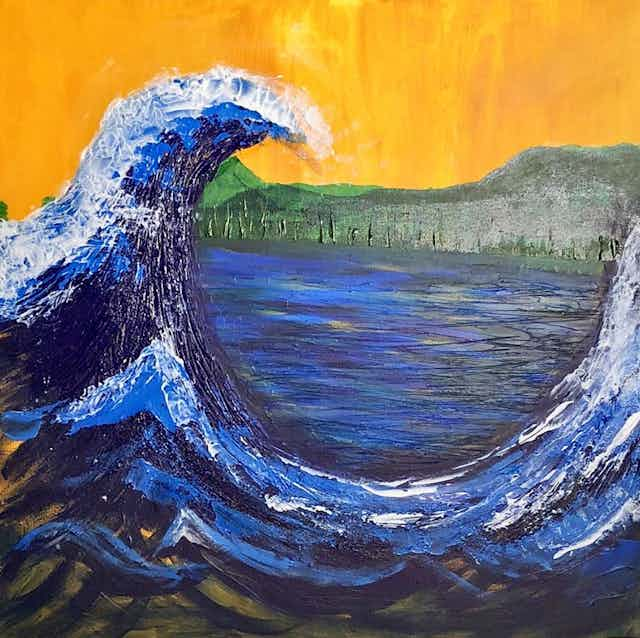How Trump Art Reflects Modern Political Satire in the Art World
How Trump Art Reflects Modern Political Satire in the Art World
Blog Article
Starting an Aesthetic Trip Via the Lyrical Analyses of Nature in Stylist Landscapes
Each brushstroke, each play of light and darkness, and each color selection in their works speaks quantities regarding the artists' deep link to nature and their capability to translate its beauty onto the canvas. As we discover the lyrical interpretations of nature in Stylist landscapes, we are welcomed to immerse ourselves in a globe where truth and emotion link, providing a glimpse right into the artists' profound recognition for the natural globe.
The Fascinating Brushstrokes of Claude Monet
Claude Monet's mastery of brushstrokes goes beyond simple strategy, imbuing his landscapes with a heavenly top quality that enthralls and astounds audiences - trump art. His cutting-edge use shade and light, integrated with his distinct brushwork, produces a feeling of motion and life within his paints. Monet's popular collection of works illustrating water lilies and his renowned haystacks display his capacity to catch the short lived effects of light and environment

Embracing Light and Darkness With Camille Pissarro
Personifying a similar respect for the interaction of light and shadow, Camille Pissarro's creative vision unravels as a harmonious exploration of the natural world's luminescent subtleties. Pissarro, a crucial number in the Impressionist movement, masterfully captured the dynamic partnership between light and shadow in his landscapes. His experienced use shade and brushwork allowed him to communicate the refined changes in light that specify different times of day and seasons.
Pissarro's paints frequently include spotted sunshine infiltrating leaves, casting detailed patterns of light and darkness on the planet below. In works such as "Hoar Frost, the Impact of Snow, Pontoise," Pissarro skillfully illustrates the crisp brightness of winter months sunshine juxtaposed with the awesome darkness that specify the snowy landscape. By embracing both light and shadow in his structures, Pissarro invites customers to submerse themselves in the all-natural appeal and short-term results of light on the planet around them.

Via Pissarro's jobs, we are advised of the transformative power of light and darkness, welcoming us to stop and value the short lived minutes of elegance existing in the day-to-day landscapes that border us.
A Harmony of Color Styles by Edgar Degas
Edgar Degas manages a vivid symphony of shades in his skillful art work, infusing his structures with a dynamic interplay of shades that captivate the viewer's gaze. Known primarily for his ballet professional dancers and intimate scenes of Parisian life, Degas adeptly adjusted shades to share mood and movement in his paints. trump art. His use bold, contrasting shades and refined tonal variations created a sense of deepness and vibrancy within his works
Degas' color combination frequently consisted of abundant blues, deep eco-friendlies, and warm oranges, which he applied with certain brushstrokes to catch the essence of his subjects. Whether representing a ballerina browse around this web-site mid-performance or a group of good friends chatting at a cafe, Degas' colors not only portrayed the scene but also evoked a sense of feeling and energy.
Furthermore, Degas' trial and error with light and darkness added an added layer of complexity to his color make-ups, enhancing the total environment of his paintings (trump art). Via his proficient control of color, Degas produced a visual harmony that remains to reverberate with audiences today
Discovering Nature's Calmness With Berthe Morisot
Berthe Morisot's artistic vision uses a peaceful separation from the dynamic shade symphonies of Edgar Degas, as she records the harmony of nature in her evocative landscapes. Recognized for her delicate brushwork and intimate portrayals of everyday life, Morisot's landscapes show a sense of tranquility and harmony.
Morisot's paintings usually feature soft, soft tones that convey a feeling of calmness and peacefulness. Her works, such as "The find Cradle" and "Summertime's Day," display her capability to record the subtle appeal of nature in such a way that is both reflective and soothing to the viewer.
Unlike a few of her Stylist counterparts who concentrated on vibrant compositions and strong shades, Morisot preferred to produce gentle, reflective scenes that welcome the viewer to mirror and stop. Through her masterful use light and darkness, Morisot creates a sense of harmony that reverberates with the viewer on a deep emotional level.
The Emotional Landscapes of Vincent Van Gogh
Vincent Van Gogh's landscapes strongly convey a depth of feeling with their dynamic brushwork and expressive use shade. The Dutch post-impressionist musician is renowned for his ability to capture intense and raw emotions in his paintings, going beyond conventional representations of nature. Van Gogh's turbulent personal life, marked by mental wellness struggles, significantly affected his art, infusing his landscapes with a sense of worry, moody, or exuberance.
In works such as "Starry Night" and "Wheatfield with Crows," Van Gogh's swirling brushstrokes and dynamic color choices stimulate an extensive psychological see it here feedback from viewers. The turbulent skies and perturbed landscapes in his paints show his inner turmoil and emotional disturbance, welcoming customers to dig right into the complexities of his psyche.
Van Gogh's unique aesthetic language, identified by overstated point of views and strong use of color, creates landscapes that reverberate with visitors on a deeply psychological degree. Through his art, Van Gogh invites us to see nature not simply as an outside truth but as a mirror of our innermost sensations and feelings.
Final Thought
To conclude, the impressionist landscapes of musicians such as Claude Monet, Camille Pissarro, Edgar Degas, Berthe Morisot, and Vincent Van Gogh use a captivating and unique aesthetic interpretation of nature. Through their use brushstrokes, light, feeling, and shade, these artists have actually developed a harmony of photos that evoke a feeling of tranquility and appeal in the natural world. Their works proceed to influence and bewitch visitors with their lyrical analyses of the landscapes around us.
Each brushstroke, each play of light and shadow, and each color choice in their jobs speaks quantities concerning the artists' deep link to nature and their capability to equate its charm onto the canvas. His cutting-edge use of color and light, combined with his distinctive brushwork, creates a feeling of motion and life within his paints. His adept usage of shade and brushwork allowed him to communicate the refined shifts in light that specify different times of day and seasons.

Report this page